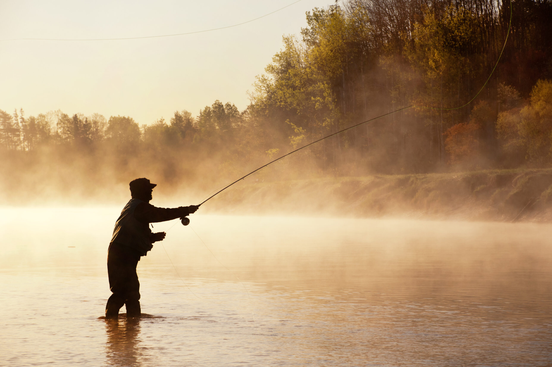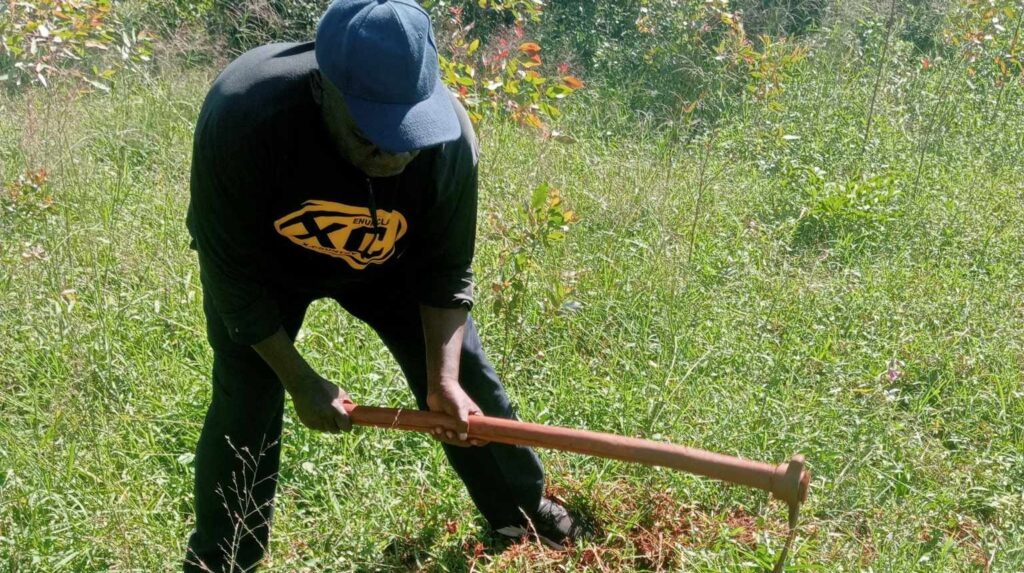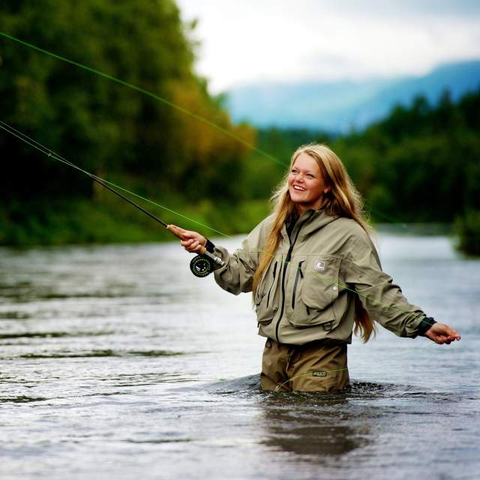Let’s go fly fishing! If it were only that easy for every Trout Angler. Since you are just getting started with fly fishing, there’s many things every trout angler should understand, so let’s talk about what you wish to get out of fly fishing experience. Are you interested because you want to spend more time outdoors, or you just love to fish and have always been fascinated with Fly Fishing. Have you recently seen a movie or documentary about a trout angler? Are you intending to keep the trout that you catch? These are questions one should ask oneself just to make sure that you are entering, what is an expensive, and time-consuming activity, for the right reasons.
The first time I was introduced to fly fishing as a trout angler was by a guide who was absolutely determined to have me net fish that day. I left there totally confident I could catch them on my own, but nothing could be further from the truth.
Here are a few basics every new fly-fishing trout angler should know
As a Trout Angler, If you want to learn to fly fish, you will learn the true meaning of patience. Many trout anglers struggle tying knots and with presentation of their flies. A most frustrating experience can occur when trout are rising in abundance, and you have knots in you leader or tippet or are unable to thread your tippet through the eye of your fly! Insect hatches on rivers come and go and it’s possible to miss out. Your fishing buddy might also fish with conventional tackle and avoids the issues above and can also frequently outfish even the best fly fishing trout angler.
A trout angler should not become overwhelmed with advice
There were times the trout angler asks what they may think are dumb questions or simple questions and become overwhelmed by the numerous responses and advice that other fly fishermen give. The overall focus is in fly fishing is to properly cast and present your fly just so that trout will think it is a real bug and take your fly into its mouth. If that happens, congratulations, because trout have phenomenal eyesight! You then have only a split second before that finicky trout discovers it isn’t a “real” insect. After setting the hook into the trout’s mouth, you must keep tension on the fly line to assure the trout does not escape. Then comes netting the rainbow trout, brown trout or brook trout. This is not always easy as trout spook when they get near the trout angler so expect a second or third rush of energy from the fish.
A trout Angler has to match the hatch
When a trout angler is out fly fishing make sure to have a fine assortment of flies. www.wholesaletroutflies.com is a fine option to assure your selection of trout flies is complete. Make sure you have a good selection of dry flies and terrestrials to match the hatch, but not at the exclusion of wet flies, nymphs and tungsten nymphs as well as streamers! Trout eat 90% of bugs underwater and only 10% on top, and that’s when the weather and everything are perfect. There are a few “bugs” that are pretty consistent in almost every trout creek and some that a trout might mistake for something “different” but close to what they are eating. Every season healthy waters have hatches. These hatches are made up of different stages of a bug’s life throughout a water column.



